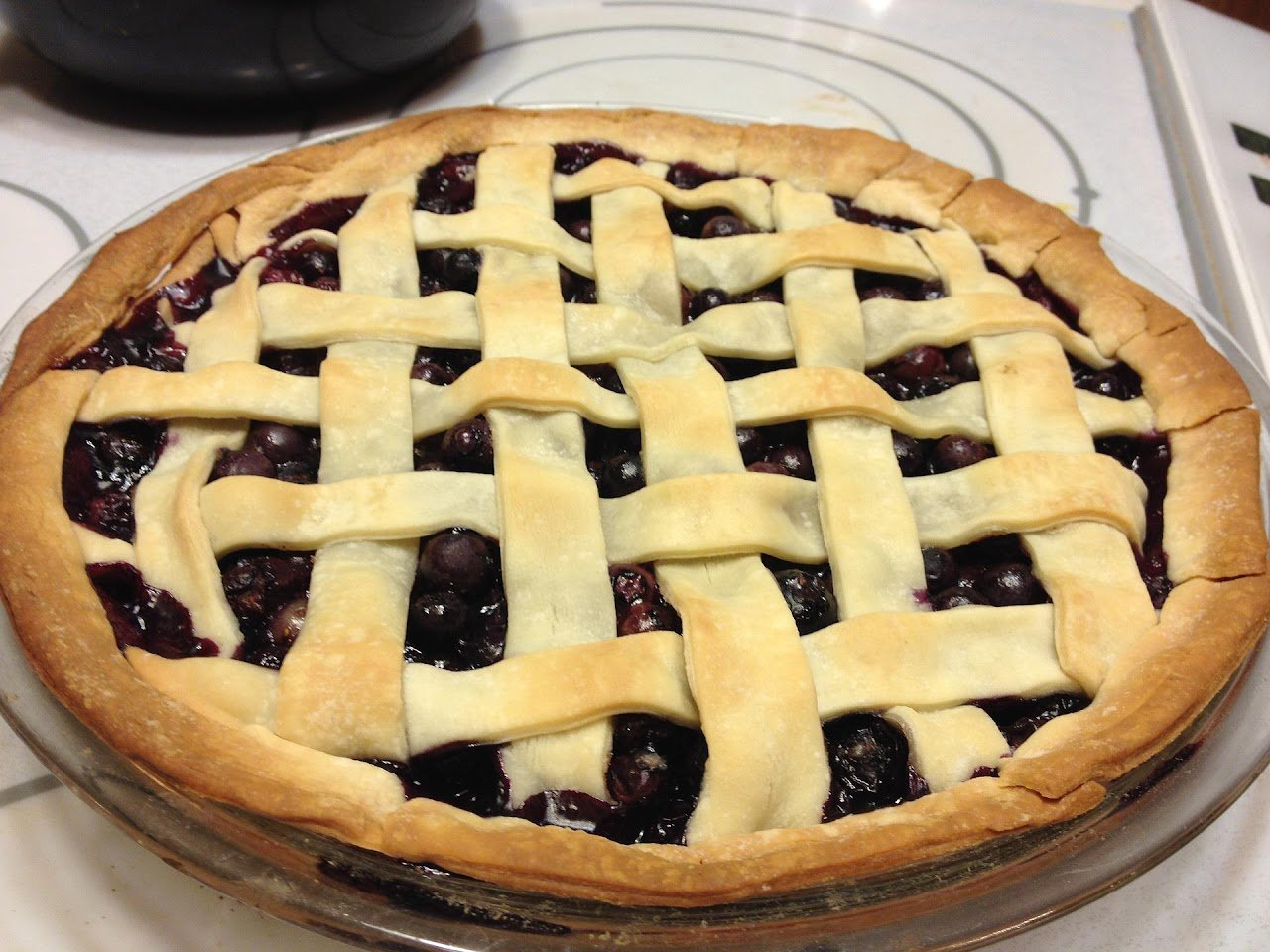Thermal Energy Project Mini Unit Resources
Thermal Energy Project Mini Unit for NGSS MS-PS1-6
In the Thermal Energy Project mini unit, students collect data about three chemical reactions (baking soda and vinegar; calcium chloride, baking soda and water; ammonium chloride and water) and determine if each reaction is endothermic or exothermic. Then, students determine which reaction would be the best to create a hot pack. Finally, students design, build, test and modify an original pie-warming device! Extension activities have students plan and carry out an investigation to determine if rising bread dough is an endothermic or exothermic reaction.
Anchor Phenomenon Ideas: Hook students with a glow stick or hot pack/ ice pack demo. Let kids discuss what they think is happening and why. Then, use the questions they come up with to make connections throughout your unit.
Tips and Tricks: In chemical reactions, energy is used to break bonds in reactants. Energy is released when new bonds form as products are made. This may not be intuitive for students. Write these statements on the board or have kids make posters explaining energy transfer in chemical reactions.
Extension Ideas: As students investigate if fermentation is an endothermic or exothermic reaction, encourage them to compare recipes that call for yeast and those that do not - like quick breads. If possible, have students bake both and serve them in class for a taste test!
When designing pie warming devices, minimize materials needed by providing mini pie tins for students to test. You can make your own play dough with this easy no cook recipe and collect cardboard, egg cartons, paper towel rolls an other free items for kids to build with. A hot glue gun and some duct tape would also be useful!
